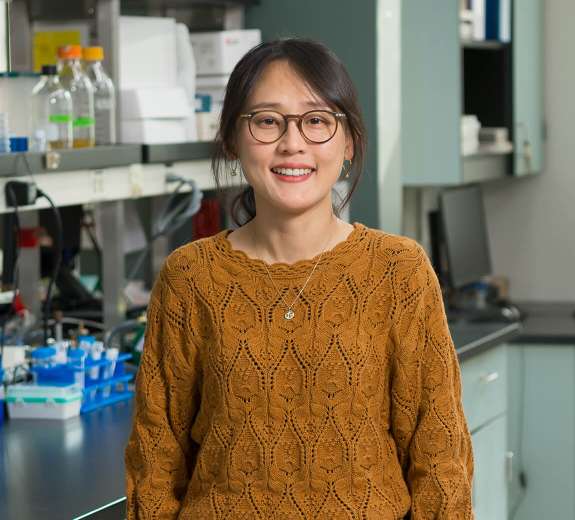When T-effector cells get out of line and start attacking the wrong thing, Tregs blow their whistles and yell, “Stop!” But this defense mechanism is altered in people with T1D. The T-effector attacker cells turn into out-of-control truck drivers barreling toward the pancreatic islets – the parts of the pancreas that create insulin. And no one is there to stop them.
Enter Dr. Yang, who has spent the past five years as a member of the Buckner Lab. She was one of the first to use gene editing technology – developed in partnership between BRI and Seattle Children’s Research Institute – to turn healthy immune cells into Tregs. This made it possible to create large numbers of Tregs that could be used as therapies. The new study built on this advance, by developing Tregs specifically designed to fend off the attacks that cause T1D.
“To create a new type of therapy, you have to build a lot of the methodology and technology from the ground up because no one has ever done it before,” Dr. Yang says. “For us, that meant finding ways to engineer Tregs and then figuring out how to instruct them to protect the pancreas.”




